Big Data vs Machine Learning: Top Differences & Similarities
Knowledge Hut
APRIL 25, 2024
Big data vs machine learning is indispensable, and it is crucial to effectively discern their dissimilarities to harness their potential. Big Data vs Machine Learning Big data and machine learning serve distinct purposes in the realm of data analysis. It focuses on collecting, storing, and processing extensive datasets.

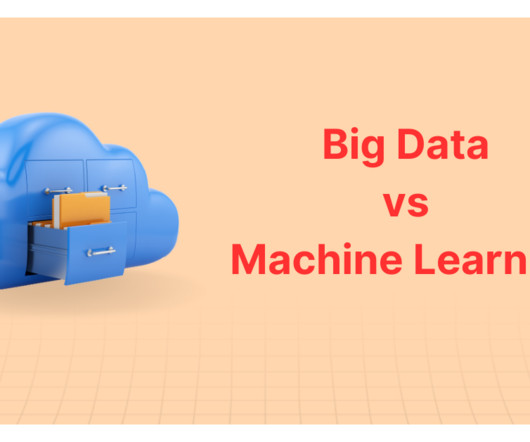
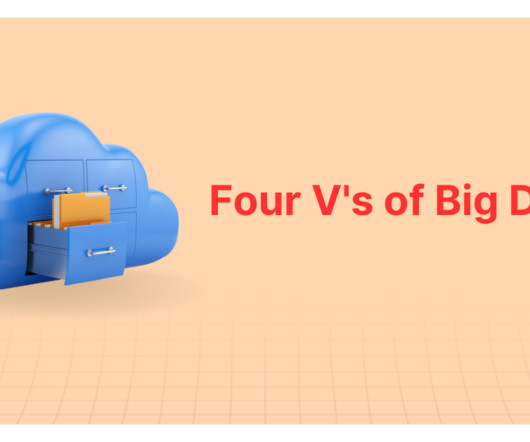
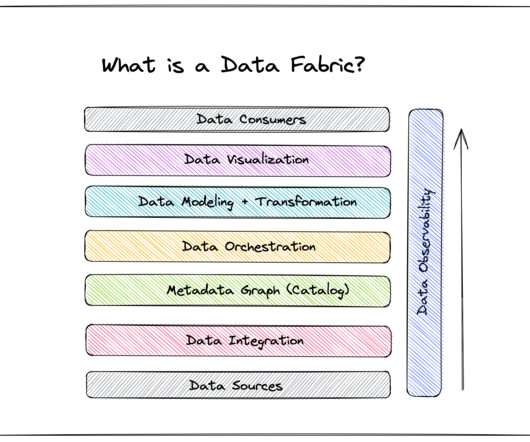
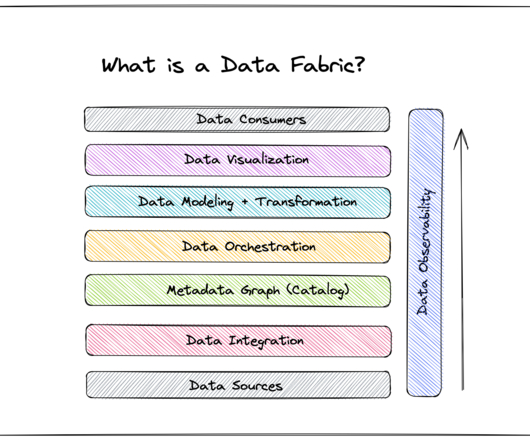
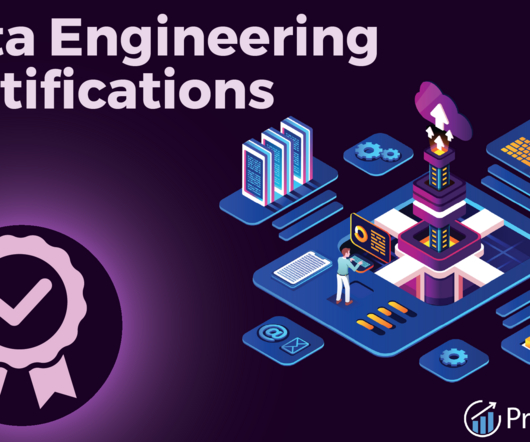







Let's personalize your content